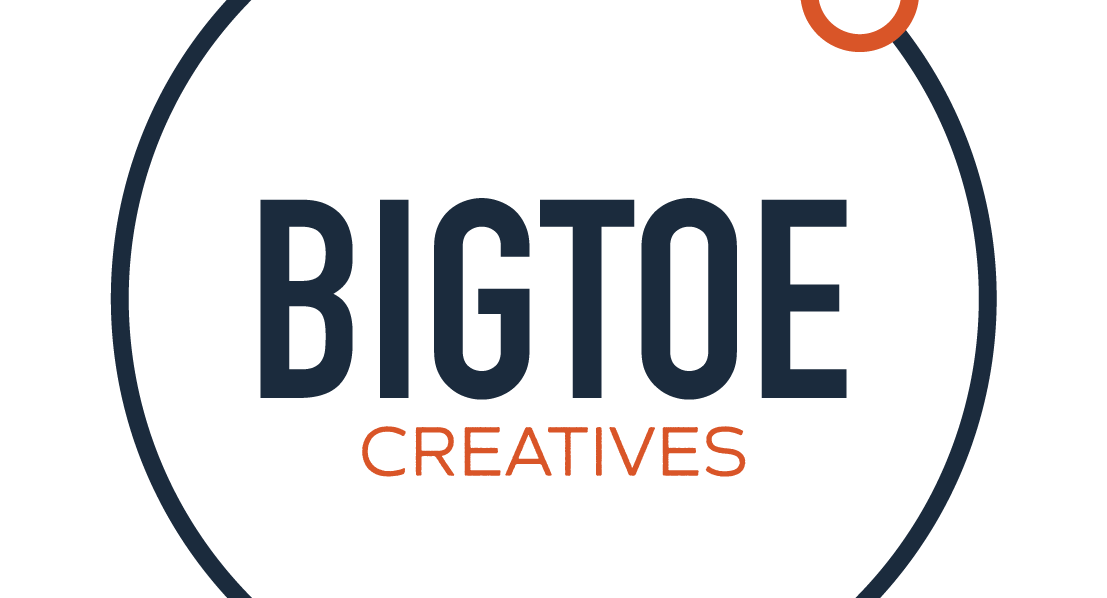All businesses should strive to have a strong brand identity, whether you choose to make a conscious effort or slowly develop your brand as time goes on. Branding guidelines, also known as a style guide, can be considered an essential part of building your brand identity. They can be concise or complicated – it’s all about what you decide to implement.
What do branding guidelines entail?
Brand guidelines can help reflect your unique identity – but what exactly do they entail? Simply put, a brand guideline or style guide is a document that advises employees, stakeholders and creatives on how different stylistic elements should be properly used, both internally and externally. They’re like a rulebook for brand communications, including visual communication.
You can think of branding guidelines as a list of rules on how to use your brand assets and portray your brand identity. You’ve been warned – branding guideline documents can be quite lengthy, so we hope you like reading!
Typically, brand asset guidelines involve rules for using the many different elements that make up your brand. There’s no rules as to what your brand guidelines should contain.
Some brand guidelines examples include:
- Typography/Fonts – including the style, scale, headings, weighting, spacing and paragraph text.
- Non-visual business aspects – such as your mission, core values, personality, tone of voice, and business practices amongst others. Think of these as the ‘butter’ to your bread.
- Logo guidelines – including how to use the graphics, watermarks, layouts, spacing requirements, and also tells you when logo variations may be used.
- Colours – such as a brand-specific colour palette to be used for marketing and digital/ printed material. Colour values for print and digital are different, but your colour needs to stay the same.
- Approved images – such as content/product photos, editing styles and other important references related to brand imagery.
- Graphic elements – these are not strictly photos and can include illustrations that evoke the brand personality, such as icons, shapes and patterns.
- Tone of voice for content/copywriting and stylistic guidelines – including slogans, social media posts, web copy and more. You may include buyer personas as part of this.
- External representations of your brand – such as uniforms, stationery and signage, amongst others.
- Digital styling – such as email signatures, web assets such as banners and email campaigns and social media posts.
Of course, you could include whatever you deem appropriate in your brand guidelines. This might seem like a lot of work, and you might be thinking ‘Why do I need brand guidelines?’ and ‘Are they really necessary?’
We believe that brand guidelines are very important, and we’ll tell you why! You shouldn’t be delegating everything to a designer – but you should definitely ask for opinions to improve your branding. After all, you don’t want your designer’s aesthetic to clash with what you really want – so we think you should get involved as much as possible. You don’t want a neon-orange logo for your large corporate!
Think of your brand identity as fundamental in how you deliver your brand to the public. Your brand assets and guidelines are integral to this process. It’s important that your brand is perceived as you want it to be – which is where brand guidelines come in. After all, don’t you want a say in how your brand identity is formed? We’re going to let you in on why you need branding guidelines. We reckon they’ll be helpful, even if it sounds hard to accomplish.
Why branding guidelines are necessary
No matter the size of your business, brand guidelines are a key tool you can use to help ensure your brand is consistent. Without a set of guidelines, brands can become distorted over time, which could possibly damage your brand’s reputation. You don’t want your business to remain vague and uninteresting!
Some of the benefits of using branding guidelines includes:
- They keep your brand consistent, recognisable and relevant to your audience with cohesive elements. All of these things can help your brand to be effective and sustain your core audience.
- Guidelines can help you create a strong brand identity. Having a set of standards for your brand can help your brand seem coherent to the public, and will ultimately strengthen your brand’s image. In doing so, you have a huge opportunity to broadcast your brand purpose, personality and values as a business.
- You’ll set standards for future simplicity. Your branding guidelines are not there to limit your creativity, but to make sure that nothing goes unseen or is kept out of place.
- Reduce confusion by doing away with vagueness and increasing cohesion in how your brand presents itself, both internally and externally.
- Provide inspiration! Briefs can be overwhelming, especially if the brand is new. It can act as a starting point and can be used for review. Think of your branding guidelines as tools for you and your employees to consult whenever your brand is presented.
- You can add flexibility to your brand. Guidelines aren’t fixed and can be moved around to ensure the best brand image is achieved. This is especially true if your brand is still new or you are thinking of rebranding.
- Guidelines help to display professionalism. If you’re a law firm who’s too casual, you may not attract too many clients. Your brand guidelines can display your brand as a professional expert by using the most appropriate tone, colours, logos and brand messages.
- Brand guidelines can increase your brand recognition. Having a consistent and constant flow of similar messages, images and themes can help your brand stand out amongst the competition – without having to speak to your customers directly.
- It’s easier to have brand guidelines. Without them, you’ll probably slip up somewhere down the line – maybe your last tweet was inappropriate or ineffective. Having a central point of reference, such as branding guidelines, can alleviate this problem.
- You can manage the perception of your brand. Every time you communicate on social media or through email, it’s important that you’re reinforcing the image you’ve created for your brand.
What makes good logo guidelines?
The logo guidelines section in your branding guideline document may be one of the most important for many companies. Some examples of companies with great branding guidelines include Google and Spotify. Why these 2? Well, apart from their well-written copy and ease of use, they’ve followed branding and logo guidelines that are on-brand and display their brand message concisely.
You might be wondering what goes into crafting a unique logo, as this can be challenging. These are 5 principles you need to integrate into your logo design. It needs to be simple, memorable, timeless, versatile and appropriate – all at the same time. You might achieve this through a unique design, impeccable colour choice or fantastic brand name.
Don’t over complicate your design. It’s okay to consult a professional if you’re clueless with imagery or colours.
Last thoughts
It’s clear that branding guidelines really are necessary. That’s because they add much-needed consistency and clarity to the branding process. If this all seems a bit daunting, think about working with a brand agency – we know that it can be challenging to decide on everything all at once all on your own. We think you should start off with one element, and move on only once you’ve finished that. For example, start with your brand message, personality and voice – and then you can move on to the visuals from there.
No matter where you choose to start, we’re positive that branding guidelines will benefit your business. Say hello to cohesion, uniformity and a standard style for your business!



